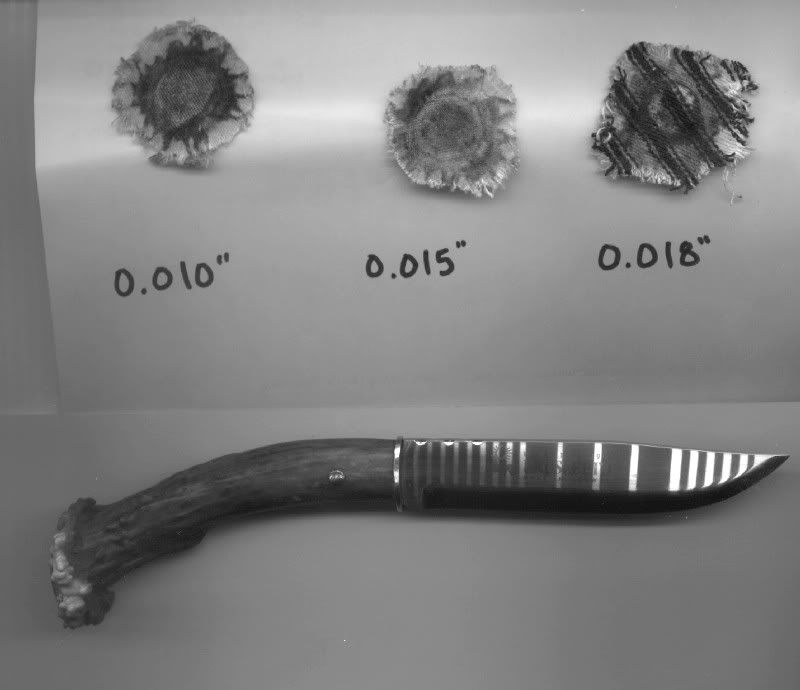First of all, as a buddy to stand behind and next to you to watch the patch as it comes out the muzzle. He can see it better from an angle that you will from behind the gun barrel. Most patches land within 15-20 feet of the muzzle. Some much closer. Wind direction is important to notice, as they are light, and are easily blown down wind.
When you find the patch, first look to see if it has any holes, or is torn. If either condition exists, and persists for 3 shots, you have a serious problem and most probably a lousy group. Change the lube, consider using a thicker patch, or use some kind of wad over the powder to protect the patch around the ball from burning. On new guns, you may have burrs on the lands of the rifling that are cutting the patch. You will see small square holes wherethe lands are impressed against the ball( or were), but usually not tears that go out to the edge. You can remove the burrs by lapping the barrel, using steel wool wrapped around a bore brush, or just by shooting the gun enough that it laps the burrs off in time. But that last often requires 100 shot or more, without any real accuracy, and most shooters are not that patient to see if their barrel is going to be accurate or not.
A good patch-lube-ball diameter combination will show a little scorching on the middle circle of the patch, where the bottom of the ball was, then rectangular stripes radiating out representing the lands of the gun. The very edge of the patch will be frayed because the cloth is whipped like a bullwhip when it hits the air at the muzzle of the barrel and separates from the ball. You will have some discoloration form the edge of that char circle, on each groove, representing where the lead pressed the cloth into the grooves, but no charring. The rest of the patch from that discoloration t the edge will have some faint lines showing where the grooves and lands meet, but no discoloration. The patch will not be otherwise torn, and won't have any holes. In fact, you should be able to reuse the patch by adding a little more lube to it, and maybe turning it around.







